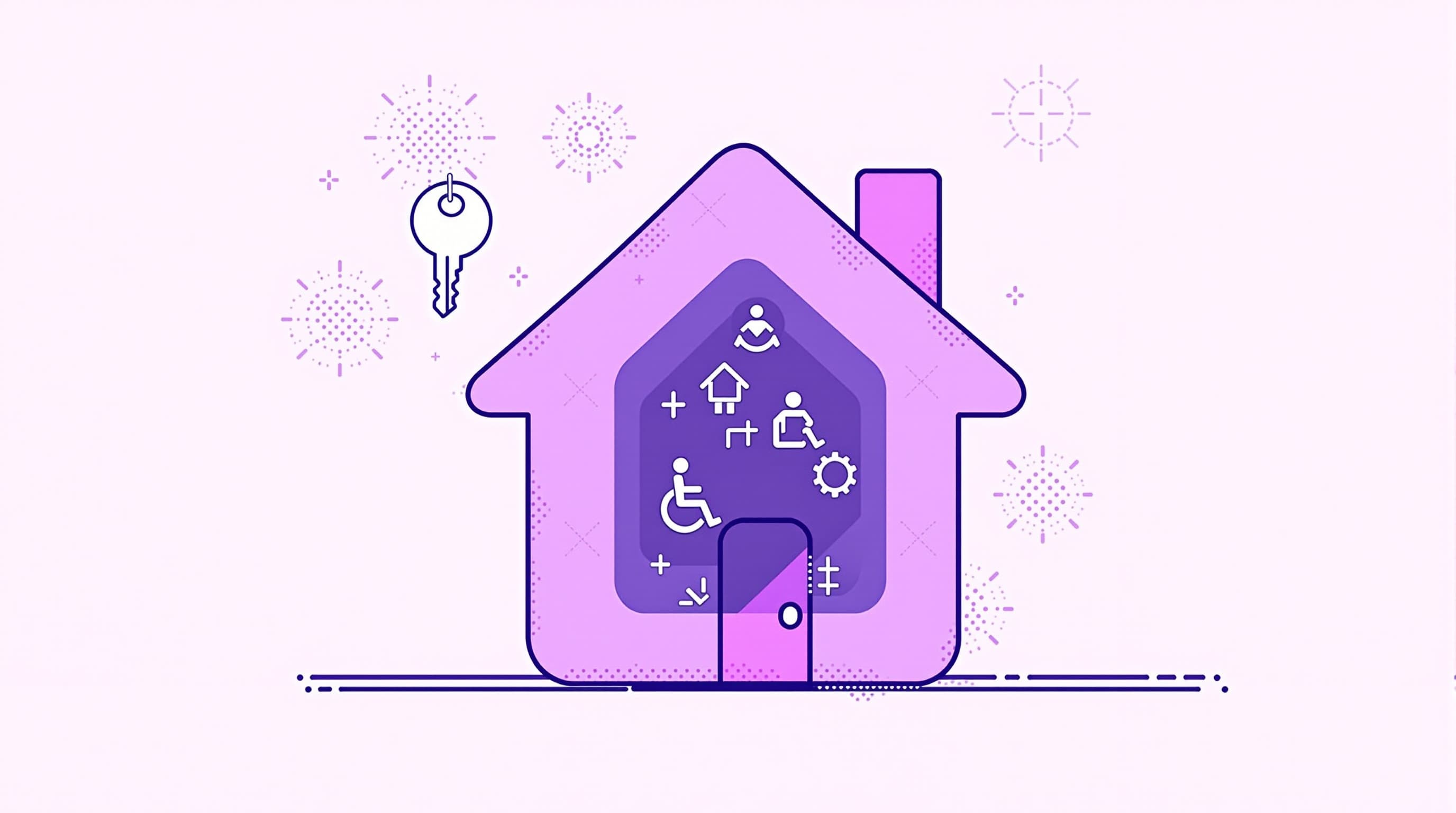NDIS Insight
ndis
Can NDIS Fund Modifications to a Rental Property?
Updated 8/19/2025
Explore how the NDIS can fund modifications in rental properties, including criteria, processes, and guidelines for participants and providers.
7 min read

ndis
disability-support
NDIS rental modifications
NDIS funding